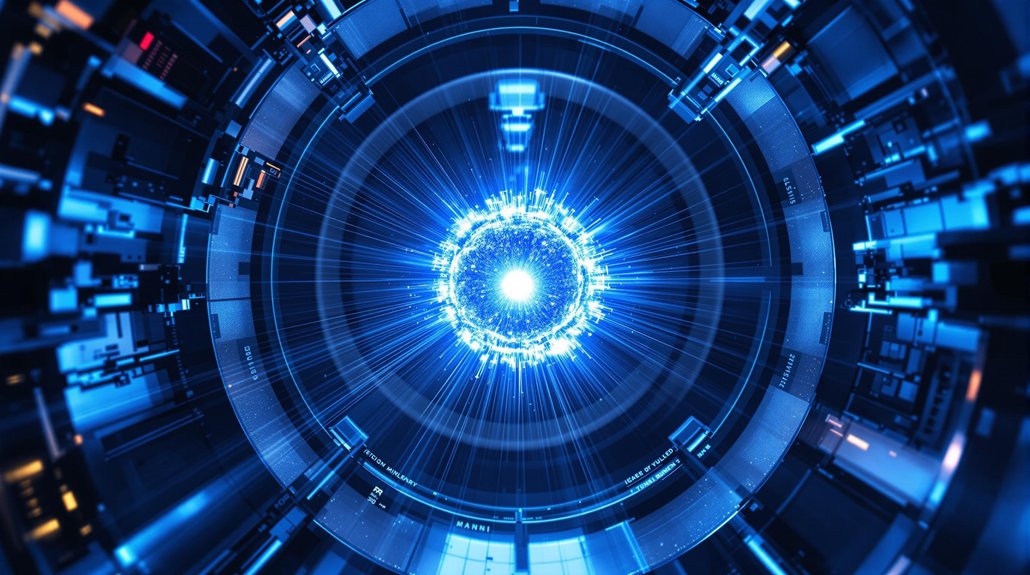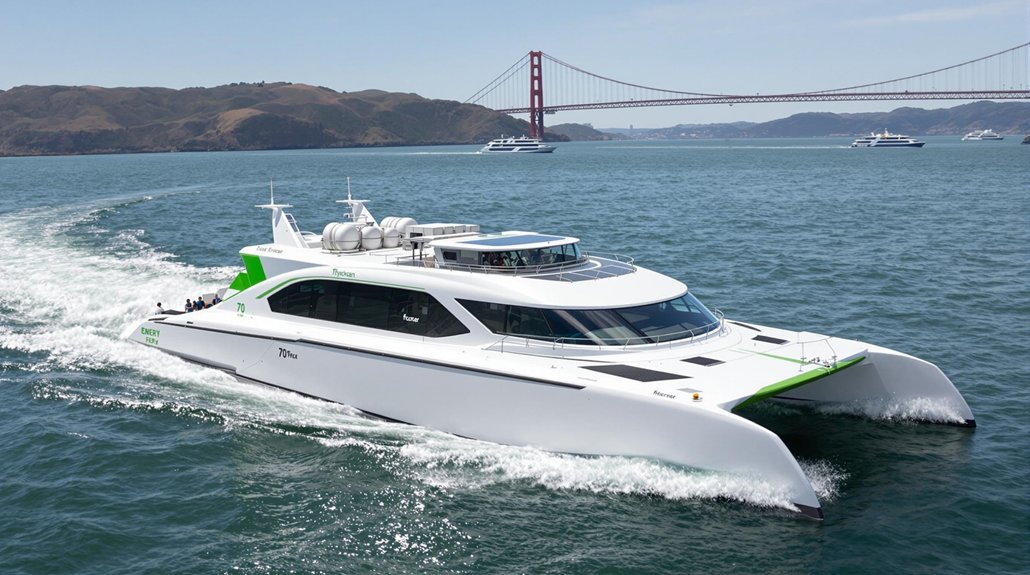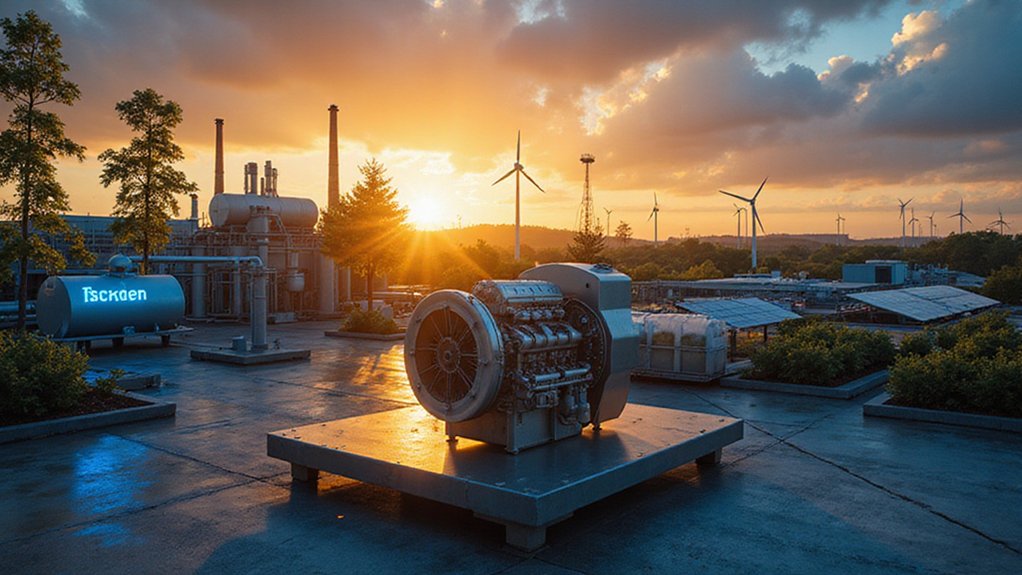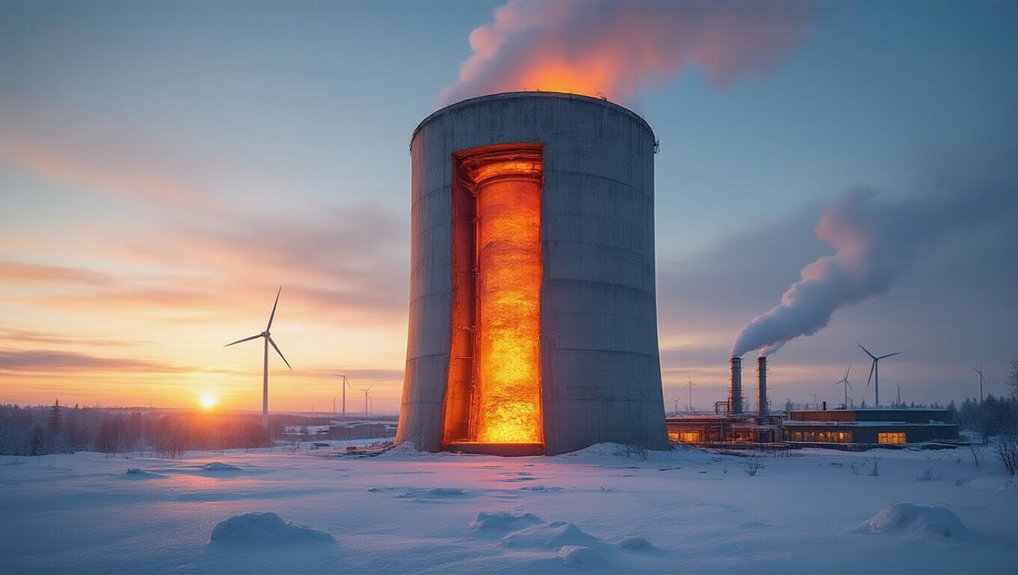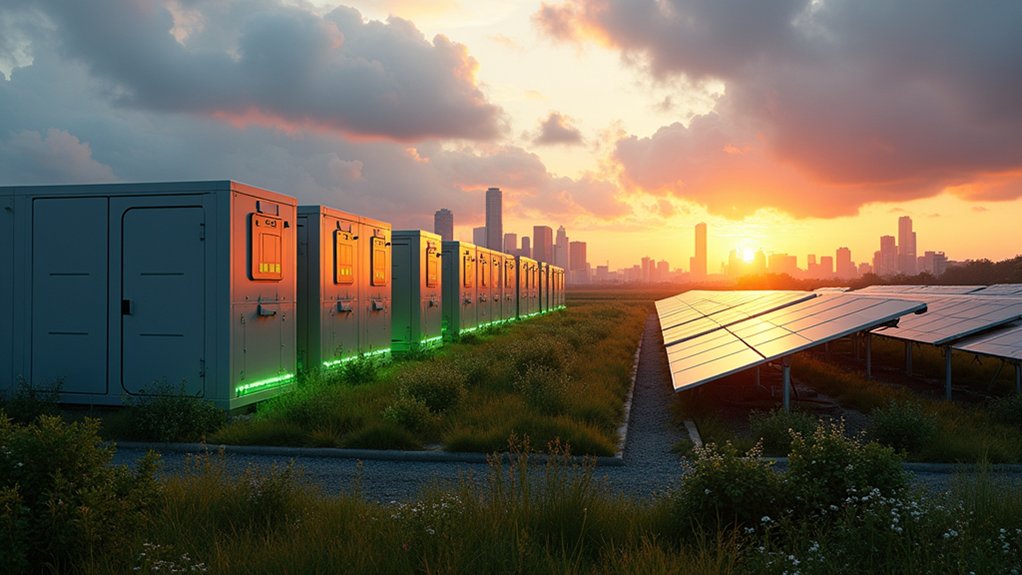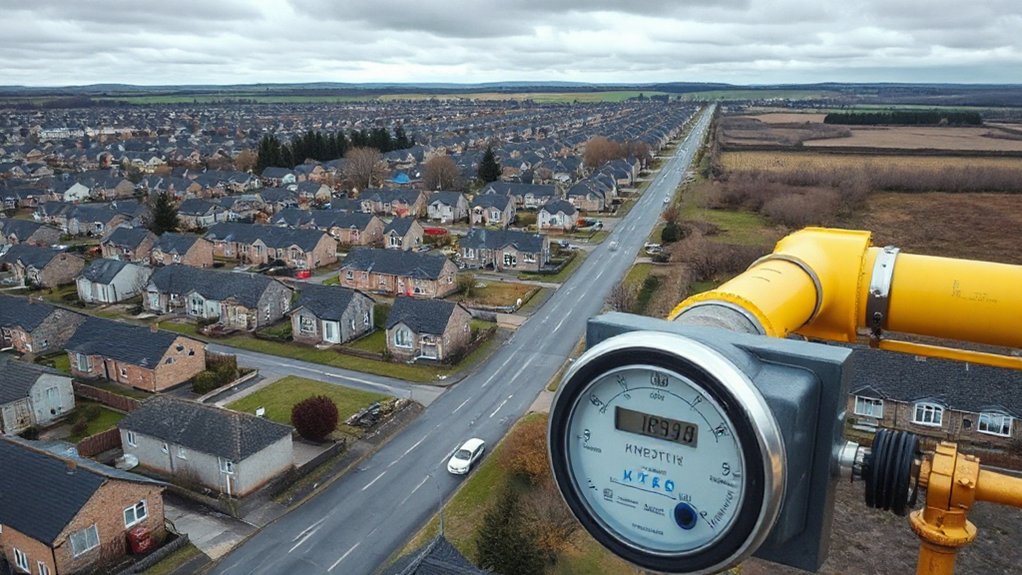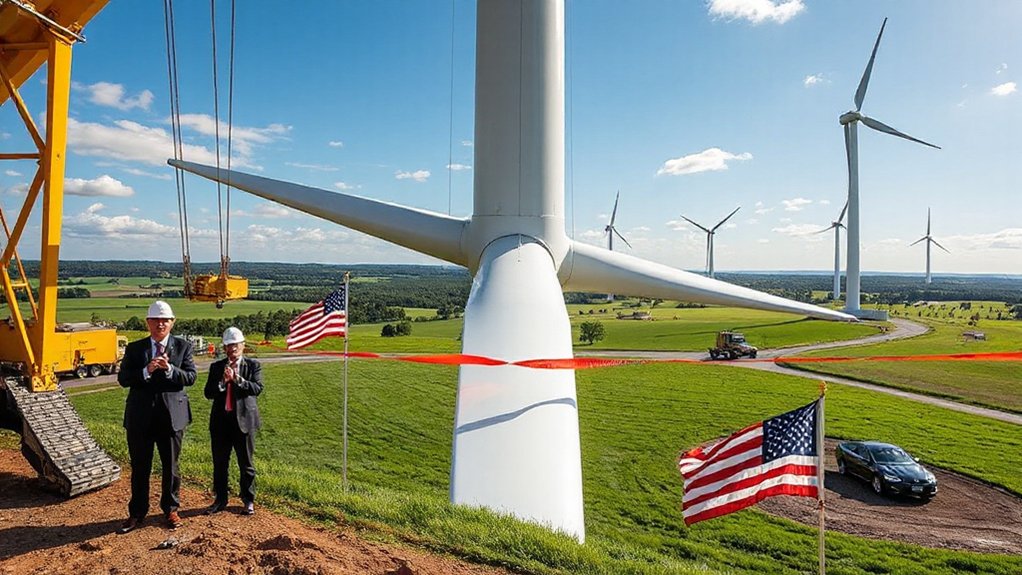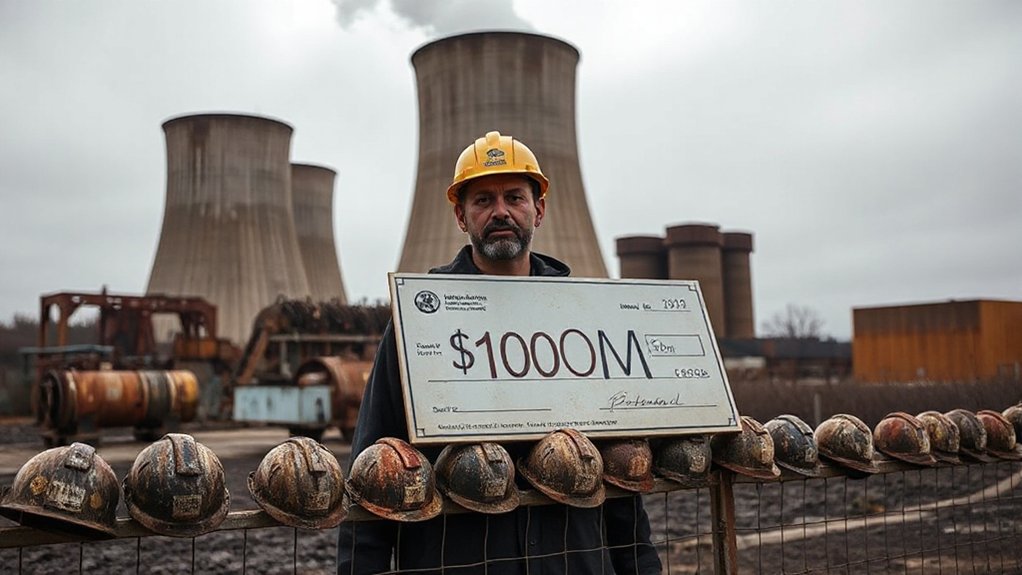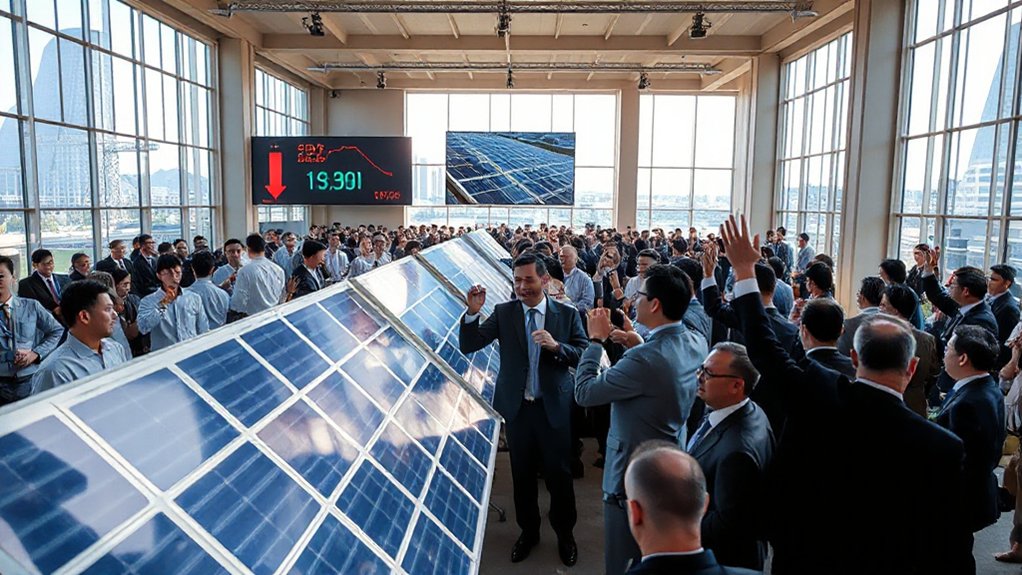Nuclear fusion just hit a massive milestone. Lawrence Livermore Lab created actual fusion ignition with net energy gain in 2022—basically a tiny star on Earth at 300 million degrees. China’s throwing $1.5 billion yearly at this tech while the US lags behind. The race is heating up with 45 companies across 13 countries battling for commercialization. Clean energy with zero carbon emissions? Sounds perfect, except for those pesky scalability issues and trillion-degree temperature requirements.
Scientists have finally cracked the code on nuclear fusion. After decades of promises and billions in funding, Lawrence Livermore National Laboratory achieved the holy grail in 2022 – actual fusion ignition with net energy gain. They blasted a peppercorn-sized target with 192 high-energy lasers, heating deuterium and tritium to over 300 million degrees Celsius. For a brief moment, they created a star on Earth. Not bad for government work.
China isn’t sitting on the sidelines. They’re pumping an estimated $1.5 billion annually into fusion research – nearly double what Uncle Sam allocated for 2024. Shanghai start-up Energy Singularity is hunting for $500 million in funding. They’re just one of 45 companies across 13 countries racing to commercialize fusion.
China’s EAST tokamak recently smashed records by maintaining plasma for 1,066 seconds. The previous record? A measly 403 seconds.
Private money is pouring in too. Over $5 billion in private funding has flowed into fusion companies. Microsoft’s already signed a deal with Helion to buy fusion electricity by 2028. Bold move for technology that doesn’t exist commercially yet.
The science is fascinating but brutal. Fusion fuel – deuterium and tritium – must be heated to roughly 72 million degrees Fahrenheit. That’s hotter than the sun. The payoff? Each reaction releases 17.6 million electron volts of energy. Clean energy. Abundant energy. No carbon emissions. This achievement represents a potential solution to our global climate crisis by offering virtually unlimited clean energy with minimal waste.
But let’s get real. We’re still decades away from commercial fusion power. The challenges are enormous – scalability issues, tritium production hurdles, radiation damage to equipment, massive capital costs. And regulators haven’t even figured out how to approve these things yet.
Still, the SMART tokamak just generated its first plasma. Commonwealth Fusion Systems and General Fusion are making serious progress. This promising momentum comes as General Atomics celebrated their 200,000th plasma shot in August 2024. After years of fusion being the energy source of the future – and always remaining in the future – we might actually be witnessing the beginning of a zero-carbon energy revolution. Finally.
